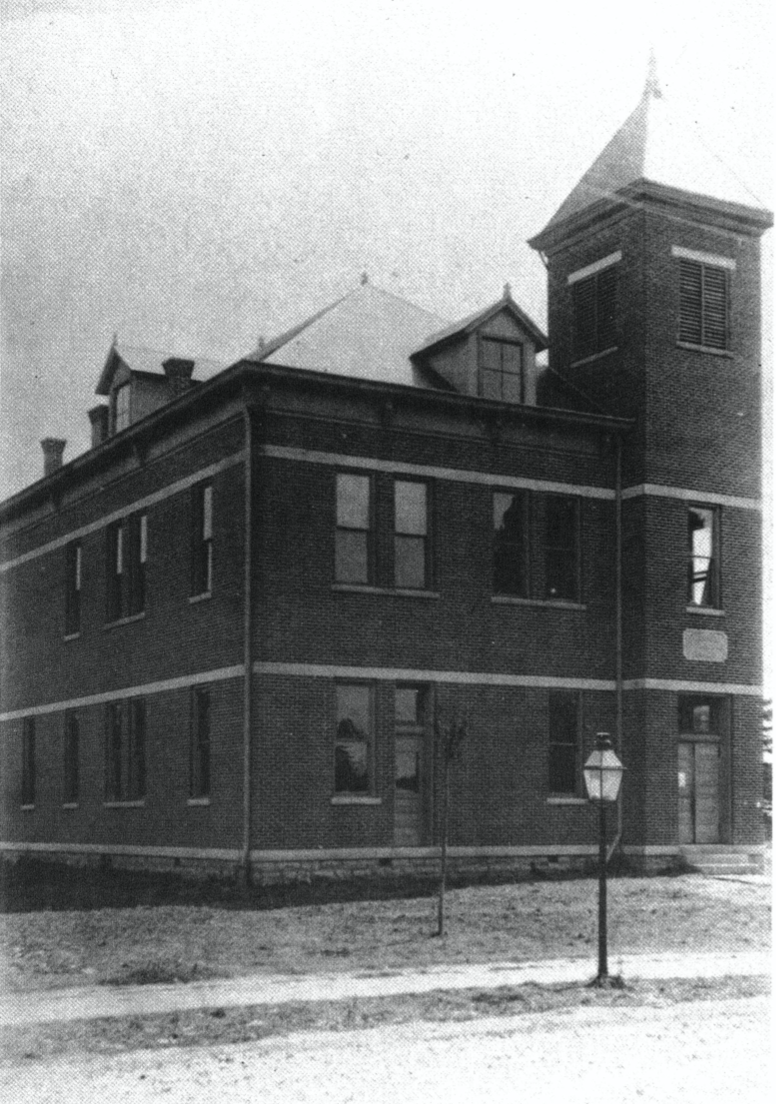
Founding of Neu Glandorf
The settlement of Neu Glandorf is established by Father Johann Wilhelm Horstmann and several other German-speaking immigrants from Glandorf, Kingdom of Saxony (modern-day Germany). They named the town after their native Glandorf. That same year, a Roman Catholic parish dedicated to St. John the Baptist is founded. A simple log cabin served as both church and rectory, becoming the heart of the community’s spiritual and cultural life.

A Growing Catholic Community
Rev. Horstmann passes away after years of leadership, but the community continues to thrive with the arrival of new immigrants. Swiss-born priest Franz de Sales Brunner establishes a mission center and convent for the Order of the Precious Blood. Glandorf becomes a regional hub of German Catholicism in Ohio, contributing to the religious and cultural identity of the area for generations.

Construction of a Landmark Church
The cornerstone is laid for a grand new St. John the Baptist Catholic Church. Funded by the local community, the brick neo-Gothic structure was designed by Cudell and Richardson of Cleveland and completed the same year. At the time, it was the largest Catholic church in Northern Ohio. The iconic church continues to be a focal point of the village and a symbol of its deep-rooted faith.

Glandorf Becomes an Incorporated Village
Glandorf achieves official status as an incorporated village. William Altekruse is elected as the first mayor, marking a new chapter in local governance and community organization. Incorporation allows for structured growth and a stronger civic identity.

Arrival of the Railroad
Passenger train service reaches Glandorf with the completion of a line by the Cincinnati, Hamilton, and Dayton Railroad. Later operated as the Findlay, Fort Wayne, and Western Railroad, the line connects Glandorf to wider trade and travel networks. The depot, located at Main St. and East Ottawa-Glandorf Rd., serves as a bustling center of transportation until service ends in 1919.

Building the Town Hall
A town hall is constructed on land just north of the church, giving the village a central place for meetings and civic activity. The original building stands for nearly 70 years before being replaced in 1970 by the modern structure that still serves the community today.

Volunteer Fire Department Established
In response to the growing need for public safety, Glandorf establishes a volunteer fire service. This dedicated group of citizens provides essential emergency support and strengthens the village’s commitment to protecting its residents and businesses.

Sister City Ties with Glandorf, Germany
Glandorf, Ohio formalizes a sister city relationship with its namesake, Glandorf, West Germany. A delegation from Germany visits during this year, and a cultural exchange tradition is born. These ties are celebrated every few years at ParkFest, where both communities continue to honor their shared heritage.

National Historic Recognition
St. John the Baptist Catholic Church, along with its rectory and convent, is added to the National Register of Historic Places. This designation highlights the architectural and historical importance of the buildings and helps preserve their legacy for future generations.

Flood Response and Planning
Severe flooding from the Blanchard River prompts community-wide efforts to address water management. With assistance from the conservancy district, initiatives are launched to improve flood prevention and infrastructure resilience throughout the area.

A New School for a New Era
Construction begins on the new Glandorf Elementary School to serve the educational needs of the growing community. The modern facility is completed in 2011, providing updated resources and learning spaces for local students.

Liberty Drive Development Initiative
Glandorf partners with the Putnam County Community Improvement Corporation (PCCIC) and Putnam County Commissioners to develop the Liberty Drive area. The project aims to attract new businesses and promote long-term economic development, ensuring future growth while preserving the village’s unique character.
